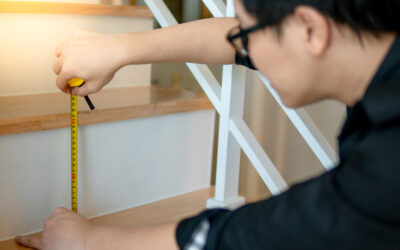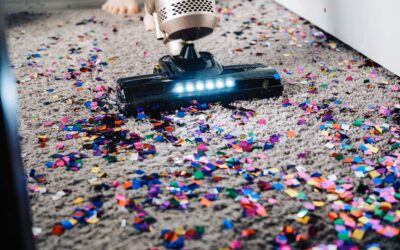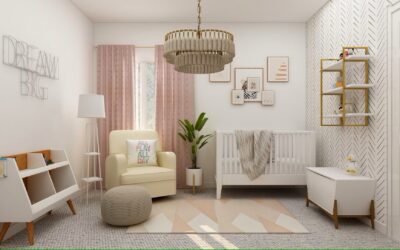Introduction: Does Plywood Flooring Need Priming?
Plywood is a versatile and popular choice for subflooring and flooring, but the question of whether or not it needs priming can leave DIYers and professionals alike scratching their heads. Questions often arise about painting, staining, water-resistance, adhesion, etc… The answer is not simple and often depends on several factors, including:
- The Intended Finish: Are you painting, staining, tiling or installing another type of flooring on top of the plywood?
- The Type of Plywood: Is it water-resistant (marine) or interior-grade?
- The Environment: Will the plywood be exposed to moisture or extreme temperatures?
In this article, we will explore plywood subflooring and flooring and what are the advantages of priming it and situations where priming may not be necessary.
What is Plywood Flooring?
Plywood flooring typically consists of thin layers of wood veneer stacked and glued together, forming a sturdy and resilient surface. This type of flooring is commonly used as a cost-effective alternative to traditional hardwood floors. Plywood can be used as a subfloor upon which you lay your top floor of choice, such as luxury vinyl tiles, laminate or engineered wood. Alternatively, plywood can be used as a top floor itself provided it is finished correctly.
Advantages of Priming Plywood
- Improved Adhesion: Priming plywood flooring enhances the adhesion of paint or stain. Plywood surfaces can be porous, so applying a primer creates a smooth and sealed foundation, ensuring that the finish adheres evenly and effectively. This is important if you plan to use the plywood as your top floor.
- Seals the Pores: Plywood has natural pores that can absorb moisture and affect the stability of the flooring. Priming helps seal these pores, providing a barrier that minimizes the risk of warping or swelling due to moisture-related issues. This is an absolute must for moisture prone rooms like bathrooms and kitchens. That being said, this is less of a concern with water-resistant (marine) plywood, but is vitally important with interior grade plywood.
- Stops Bleeding: If you’re planning to paint or stain your plywood flooring, then priming becomes essential to prevent any potential bleed-through of paints or stains. This will ensure a strong finish that keeps it colour for a long time.
- Clean Finish: Plywood sheets often have variations in colour, grain and texture. Priming helps to create a level playing field, achieving an aesthetically pleasing final result.
When Do You Not Need to Prime?
At Flooring Hut, we highly recommend priming plywood, whether you are using it as a subfloor or your main floor because of the above advantages. However, there are a few situations where priming plywood might not be necessary.
- Pre-primed Plywood: Some plywood flooring products come pre-primed; therefore, additional priming may not be required. If in doubt, always check the manufacturer’s recommendations on your plywood flooring product.
- Using a Sealant: Using a high-quality sealant may eliminate the need for a separate primer, as the sealant provides a protective layer that addresses adhesion and moisture resistance concerns that primers normally deal with.
- Pre-finished Plywood: Similar to pre-primed plywood, pre-finished plywood often is sealed with a protective layer removing the need for priming.
- Installing Other Floors on Top: If you plan to lay vinyl, laminate or engineered hardwood on top of plywood, then priming usually is not necessary, unless you are installing the floor in a moisture-prone room like a kitchen or bathroom. It is always worth double checking the top floor’s requirements though.
Conclusion
Whether or not you need to prime plywood flooring depends on several factors. For example, whether it is your subfloor or top floor, whether it is being installed in a moisture-prone room or not, and whether you plan to stain the plywood or not. While priming plywood offers benefits such as improved adhesion, moisture resistance and a uniform finish, there are instances where it may be unnecessary.
Always double check the information provided with the flooring product you are laying and if in doubt consult a professional floor fitter to do the job for you. Did you know that at Flooring Hut we offer a supply and fit service? We will supply the flooring and you can choose a local fitter to install the floor for you, removing all the hassle.









